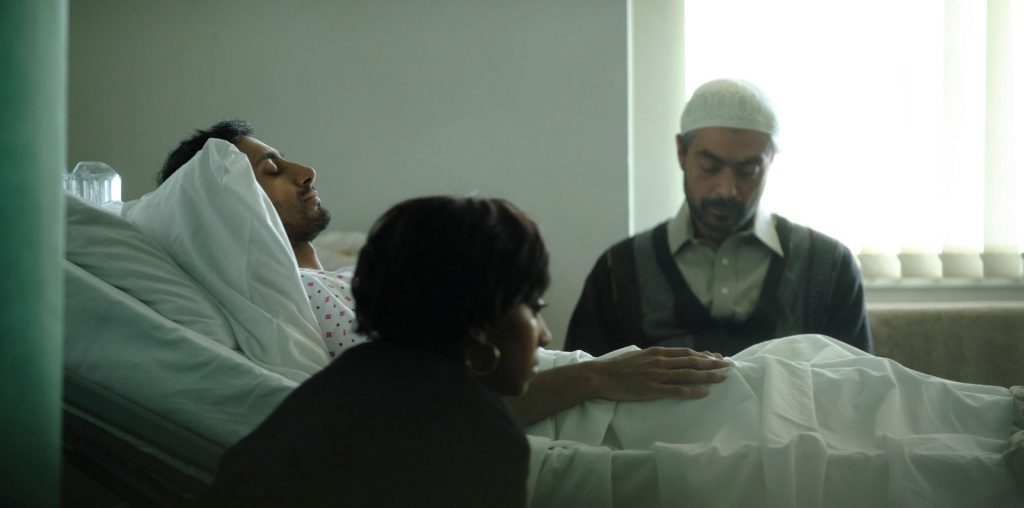
Guy Maddin’s Dracula: Pages from a Virgin’s Diary takes us fantastically through gothic places that Bram Stoker failed to report in a production that is as sexually charged as it is beautifully designed.
Utilizing the music of Mahler’s first and second symphonies in non-linear fashion adds a layer of uncertainty and suspense that, like Christopher Nolan’s Memento suits this fantastical telling perfectly: A kind of Death in Transylvania.
Cinematically, all of the stops have been pulled: grainy framed back and white, sometimes sepia images fill the screen with style; blood-red highlights and slow-motion sequences produce a tableau on which the members of the Royal Winnipeg Ballet bring to life the storylines of failed lust and follow-the-cash—all of this delivered in classic silent movie methodology – complete with wry captions.
From Cinematographer Paul Suderman’s opening shot we become voyeurs peering through a supernatural window as the movement unfolds before us. The metaphor of fallen women and polluted blood abounds and Maddin misses no opportunity to exploit the notion of pure-male blood being “pumped” directly into Lucy’s “untouched” body or, on the other hand, denying Jonathan the f******o he so desperately needs. All of this interpreted and accompanied by dancers whose legendary technique serves the plot rather than the “show.”
Zhang Wei-Qiang (above) in the title role is monstrously divine. No sexier vampire has come to the screen and it’s clear that the sub-text of size and prowess combine to seal his fate just as much as his moonlight munching. And, like Tybalt’s death in Zeffirelli’s Romeo and Juliet, there is a tantalizing nipple shot seconds before his impotent competitors impale this Prince of Darkness only to leave his body and its thrusting mid-drift spear in a “victory-after-defeat” image on view. All they could score was the cash to satisfy their true lust.
There are many moments that repay subsequent viewing: the dance of the garlic-plumb fairies, Lucy’s decapitation à la Salomé (with a Foley rendering that demands an iron stomach), the terrific use of the star filter on the unison turns of the search party’s flashlight, and the rich symbolism of Mother-under-glass will linger in memory for a long time.
Maddin’s exceptional achievement should inspire others to take risks and challenge their audiences – if only more would have the courage to let the Art rather than the balance sheet lead their work.

